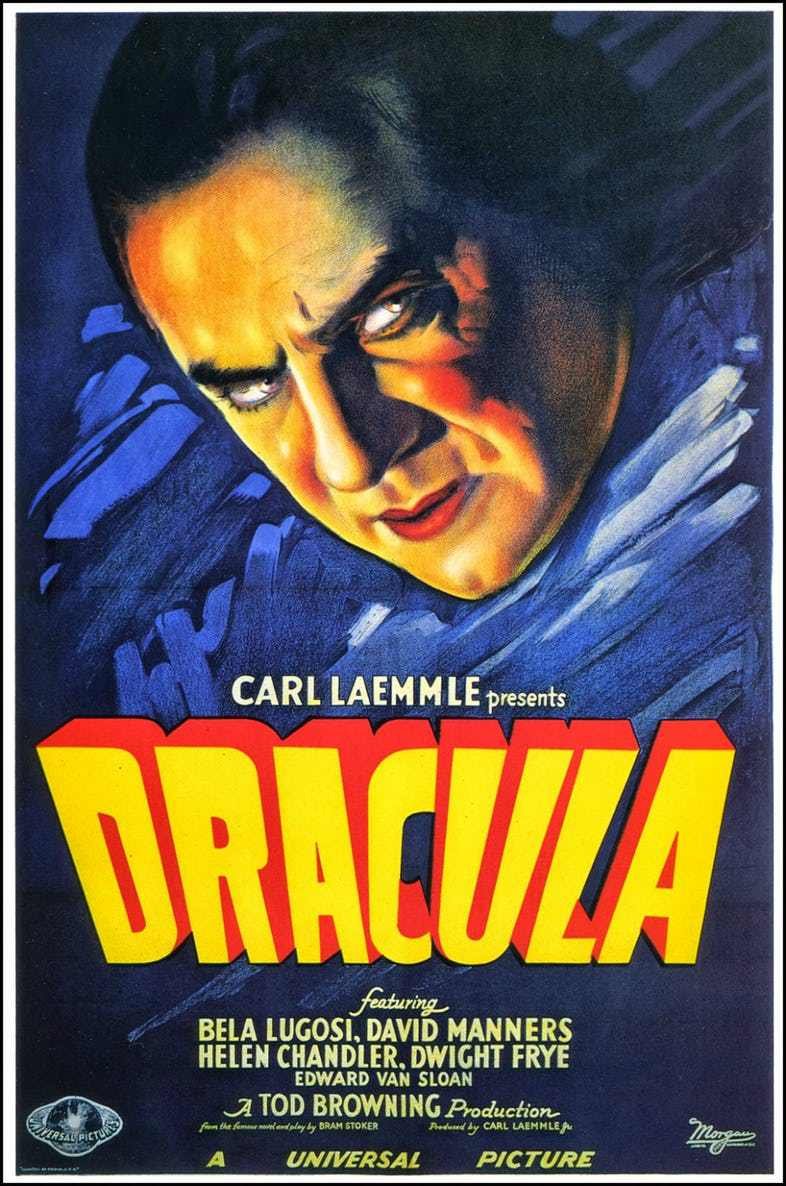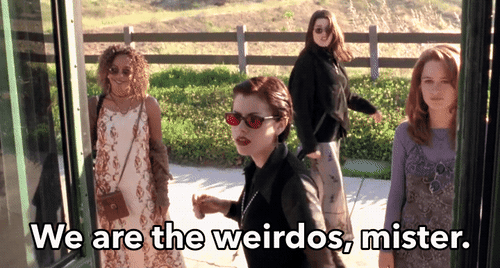(Episode 505): So Glad You Asked! Monsters…
Transcript! Because accessibility is mandatory…
PDF transcript. Also available via our Buzzsprout page.
Shownotes! Because citations are political…
On today’s episode of So Glad You Asked! Profs IRMF and Goodwin talked about the spooky, scary, threatening, humanizing, and complex world of monsters that exist in historical, religious and popular media. Our killjoys are here to remind you that monsters are a great way to think about religion because they are…everywhere, and our imagination, biases, likes, and dislikes towards monsters are A LOT like how we think about different religious. Goodwin reminds us that monsters are also a GREAT place for examining how biases against certain religions are intersectional with a lot of the things that are used to make monsters seem scary like, age, sexuality, disability, queerness, etc. Join us, dear nerds, as we dive into the world of the scary in order to better understand religious identity, community, and isolation.
“Hey so, monsters tell us about religion, the boundaries of both religion, religiosity, communities, insiders, outsiders, how we construct our communities the violence of constructing communities, who gets left out, who gets murdered for being for being extra sized from the community and our senses of belonging.”
-Ilyse Morgenstein Fuerst
The 101: Where We Did the Professor Work…
What do monsters even have to do with religion??? Are monsters like gods?? Why do we care about monsters so much???
The Lesson Plan…Here’s What We Talked About:
Monsters are about where we draw the line between human and non-human, acceptable versus too much, acceptable versus threatening….
This is the idea that the monster is a threat, it is too much, and the bottom line is that the monster needs to die. And the monster must be seen to die, and needs to be collectively punished for being unclean and destructive.
Monsters are culturally contingent and so are the ways we deal with monsters
When we see monsters in media, they are not always the same type of threat and the ways that they are “handled by society” are not always the same. This has a lot to do with religion. Megan uses the example of The Ring and its basis in Japanese folklore.
God of Christianity, kind of a monster?
The Christian God might be like….kind of a monster. Hear us out, God is powerful, all knowing, and in everything. Therefore God might be good but also…evil. So what do we do with that?? And let’s not forget that outside of Christianity there are demons and gods in the same stories and it is not always as simple as good versus evil.
Reclaiming monstrosity!!!!
Monsters what is isolated from and seen as a threat by society. The ways that monsters are depicted as a threat has everything to do with queerness, age, ability, gender, sexuality, race, and religion. The ways that monsters are portrayed are rooted in Christian notions of what is “correct” and non-threatening. So, monsters have become a VERY rad space for communities who have been othered by being made into “monstrosities” and making the monstrosity what makes them POWERFUL AND AWESOME!!!
The Killjoys are VERY excited this week because monsters are a concrete way to understand cultural imaginations of religion. The thing about monsters, is that they do not simply need to be killed, eradicated, isolated, but there must also be a SPECTACLE surrounding their punishment. A good way to think about monstrosity is something that is “too much” or “too beyond the pale” and is therefore a threat to “the powerful”, “the good”, “the pure”…Now THAT is scary, so let’s get into it…
“Monsters are not the same in all time and all places”
“It's time to look the monstrous in the eye. It is time it is time to say that we are beautiful in our fierceness and that we are our own. We are not the rejected of what we can never be. We are what we were meant to be. We are not pieces of holes thrown together incorrectly. We are not mistakes.”
-Elena Rose Beras
The too-long-didn’t-listen from each of your killjoys…
Monsters tell us about religion, religiosity, and societal boundaries of the two
Monsters expose the insiders and outsiders of religion, who is and is not threatening to the insiders and how communities are formed
Monsters are seen as a problem, one that must be dealt with and publicly
Monstrosity is a beautiful place for marginalized identities to claim proudly who they are, and that the state-quo is damaging and exclusive, there is no incorrectness, no mistakes.
Don’t forget your homework nerds!
Megan’s Syllabi! Because it’s alwaaaaaays in the syllabus…
IRMF’s Recs on western notions of monstrosity….
Muslims in the Western Imagination by Sophia Rose Arjana
The Anti-Semitic History of Vampires by Rob Silverman Ascher




